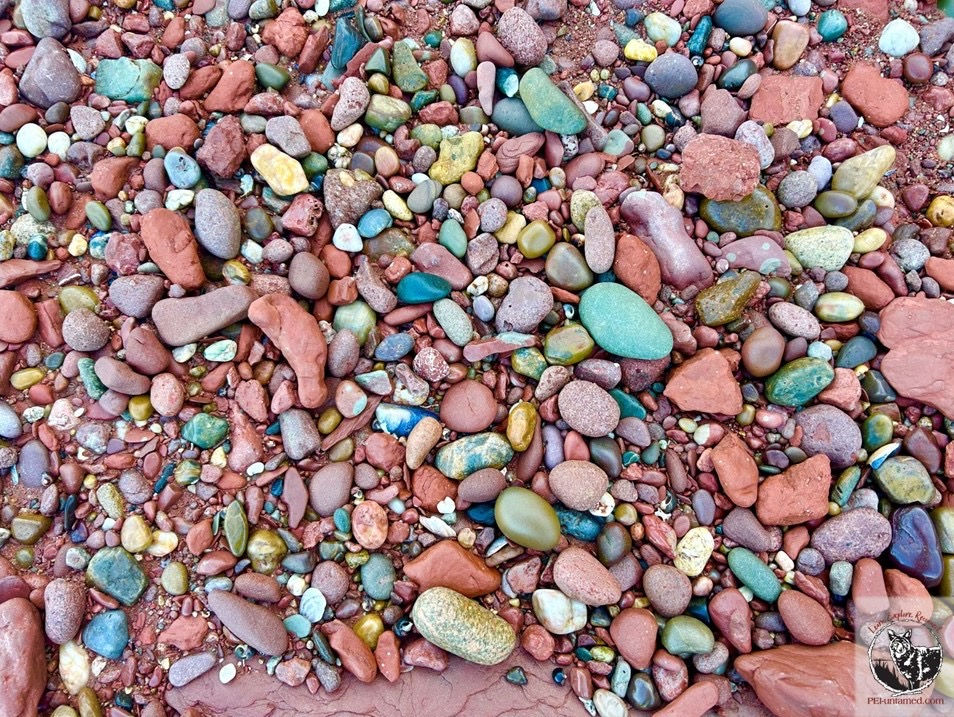Permian to Present 9: Pre-settlement wildlife
- katemacquarrie22
- Jan 18, 2023
- 3 min read
In the last edition of Permian to Present, we got a glimpse into the Island landscape of three centuries ago, around the time Europeans arrived. Those pre-settlement forests and shores were home to wild animals no longer present on PEI. Today, let’s take a closer look at some of those.
Our modern Island beaches are popular with human sun-seekers, but centuries ago another boisterous animal gathered there: Walrus (Odobenus rosmarus, Photo 1). Herds in the thousands frequented PEI, feeding on shellfish in our shallow inshore waters and hauling out to rest on our gently sloped, sandy shores. The scene must have been incredible! These are large and loud animals, weighing as much as 1,500 kilograms (more than 3,300 pounds) and communicating with a range of bellows, growls and grunts. Walrus were prized by the first Europeans for their tough hides, ivory tusks and rich oil. They were exploited unrelentingly, and by the early 1800s had disappeared from the Island. Today, the place names Sea Cow Pond and Seacow Head are among the only remnants of these once-magnificent herds.

Caribou (Rangifer tarandus, Photo 2) arrived on the Island not long after the last glaciation when our landscape was more tundra-like. They roamed our forests, bogs, wetlands and meadows for millennia, and provided an important food source for early Indigenous people. Caribou herds are migratory and occupy huge tracts of land, often thousands of square kilometres (many hundreds of square miles), so it is unlikely they were ever truly abundant here. By the mid 1700s, they were no longer present on the Island.

The Island once had a native wild cat – the Canada Lynx (Lynx canadensis, Photo 3). This tufted-eared, large-footed feline is well adapted to Canadian winters and thrives on a diet of Snowshoe Hare. While it may not appeal to modern appetites, Lynx are very tasty and would have been consumed by both Indigenous people and early Europeans. Unfortunately for the Lynx, they developed a taste for livestock and in the mid-1800s a bounty was placed on them. This persecution, coupled with extensive land clearing during the 1800s, eradicated Canada Lynx from PEI by the end of that century. There are occasional reports of Bobcats on PEI today, but these are not native.

American Marten (Martes americana, Photo 4) were once abundant in Island forests and their fur was prized by Indigenous people. These are small animals – roughly the size of a mink, weighing less than a kilogram (about two pounds) – and can be inconspicuous in the landscape. Feeding on small mammals and Showshoe Hare, Marten were unlikely to have come into much conflict with humans. However, extensive land clearing in the 1800s removed much of their habitat and by the early 1900s they had disappeared from the Island.

One of the last large animals to be extirpated from PEI was the Black Bear (Ursus americanus, Photo 5). Prior to arrival of the Europeans, bears would have been common on the Island and a source of food, fat and fur for Indigenous people. Europeans also valued those products but feared bears and saw them as a threat to livestock. A bear bounty was put in place in the late 1700s and continued for more than 60 years. Like the Canada Lynx, Black Bears were eradicated by a combination of persecution and land clearing. The last confirmed Black Bear on PEI was killed in 1927.

PEI has lost most of its large mammals, but one is making a comeback: River Otter (Lontra canadensis)! In the next edition of Permian to Present, we’ll take a closer look at Island Otters.



